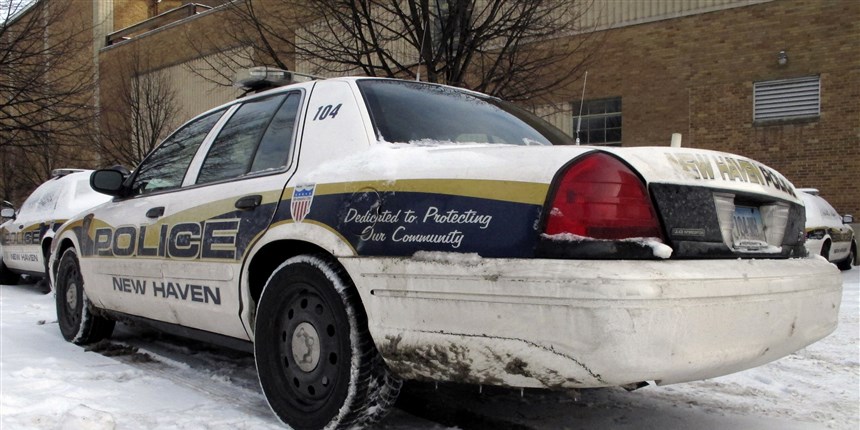
by Associated Press
HARTFORD, Conn. — Six town police departments in Connecticut and a state police troop have such unusually high rates of stopping black and Hispanic drivers that their data will be studied further to try to determine why, according to a report released Thursday.
The analysis by the Institute for Municipal and Regional Policy at Central Connecticut State University looked at data from about 560,000 traffic stops from October 2015 to September 2016 that all police departments in the state were required to submit.
It’s the third year of data reviewed under an anti-racial profiling law in Connecticut, which is one of the few states that examine traffic stops statewide in depth. Reports in other states, including Missouri and Vermont, also have found that minority drivers were stopped at disproportionate rates.
As in previous reports, the authors said the numbers are not definitive proof of police racial profiling, but the high minority stop rates need to be studied. Police officials said they were reviewing the report and denied their officers were targeting blacks and Hispanics, while some again questioned the analysts’ methodology.
Analysts said Troop B state police in North Canaan and departments in Berlin, Monroe, Newtown, Norwich, Ridgefield and Darien had “statistically significant” disparities in traffic stops of minorities compared with stops of whites during the one-year period, and their data will be reviewed further.
Hispanic drivers were about two times more likely to be pulled over during certain daylight hours, when their ethnicity was more visible, than when it was dark out by those police departments, excluding Darien, the report said.
None of the six town departments or Troop B were identified in previous reports as having high rates of stopping minority drivers. Five other departments were also identified as having high rates: Wethersfield, East Hartford, Stratford, Meriden and Trumbull.
Statewide, about 15 percent of the drivers stopped were black and about 13 percent were Hispanic. Black people of driving age comprise about 9 percent of the state’s population, while Hispanics of driving age make up about 12 percent of the population, the report said.
The percentage of traffic stops involving minorities has increased annually since the first report was issued three years ago. In 2013-14, about 14 percent of drivers stopped were black and about 12 percent were Hispanic.
“This report vindicates why Black and Brown people have no trust in Law Enforcement and how the Criminal Justice System works in the State of Connecticut,” Scot X. Esdaile, president of the Connecticut NAACP, said in a statement. “This report … proves the bias and racist treatment, and validates that it’s been running rampant all throughout our State for a very long time.”
David McGuire, executive director of the American Civil Liberties Union of Connecticut, said the report also shows that officers are unjustly targeting neighborhoods where people of color live and drive.
Several police chiefs in the state said they continue to have concerns about the methodology used in the report, including the accuracy of both the driving-age population figures and the daylight traffic stop numbers. They also said the report doesn’t fully take into account that the people driving through their towns everyday — many of whom are from other towns — are more diverse than their communities’ populations for a variety of reasons.
“Our organization continues to adhere to and support this study, but we can no longer accept the information provided at face value,” Gavallas wrote.


